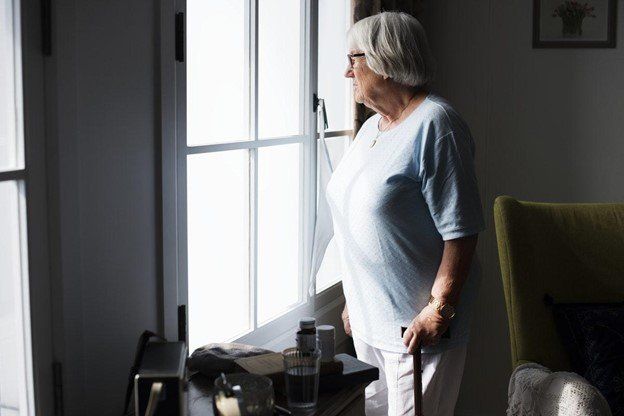BLOG

Urban v. Suburban: Choosing the Right Oʻahu Neighborhood for your Lifestyle

From the Big Island to Oʻahu
One of the benefits of living in the island archipelago of Hawaiʻi is that the other Hawaiian islands are a short flight away. It was during a spontaneous visit to Oʻahu from the Big Island of Hawaiʻi – where we lived for 6 years – that my partner and I got the idea to switch islands. Although each of the Hawaiian islands has unique merits, we were ready to experience Oʻahu’s convenience, plentiful hiking trails and beaches, and diverse economic opportunities.
After landing a job offer based in downtown Honolulu, our relocation planning began. Since we were still largely unfamiliar with Oʻahu, we tailored our apartment search to a few factors, including: proximity to work; walkability to groceries and other necessities; and amenities like air conditioning, a pool, and a gym. Of course, budget was a factor as well, and we set our price range accordingly.
Choosing Kakaʻako
While the apartment criteria narrowed our search to three Honolulu neighborhoods – Waikiki, Ala Moana, and Kakaʻako – we focused on Kakaʻako because of its newer buildings and walkability to shops and dining. While living in a downtown Airbnb, we cruised sites like HICentral, Zillow, and Craigslist to find leads, and looked at several apartments before securing a 1-bedroom in the recently completed Keauhou Place tower.
In addition to our unit having an incredible view overlooking downtown and the harbor, it came with shared amenities like covered parking, a pool, gym, and barbecue grills. As well, we enjoyed access to its ground-level pedestrian mall, which offered a natural grocery store, spa, and spots for dining and takeout – not to mention a short jaunt to even more options at SALT and Ohana Hale Marketplace. Aside from walkability, the location served as a central jumping off point for weekend adventures around the island.
Change of Scenery
Two years, a pandemic, and one job transition later, we were ready for another change of scenery. Since I switched from working in-person to working remotely, we no longer needed to live close to downtown, and began exploring the idea of moving to Oʻahu’s east side, where we would be closer to some of our favorite hikes and beaches.
While the search process was similar, the inventory in our budget range was different, and it took a bit longer to find a suitable home. As opposed to the ample selection of apartment and condo listings in Honolulu’s urban core, the east side neighborhoods of Kaneohe, Kailua, and Waimanalo offered mostly ADU’s (additional dwelling units) or single family homes converted into multiple rentals units – sometimes lacking the privacy or amenities we needed.
It took about 3 months to find our ideal rental home in Kailua, a similar 1-bedroom condo within a comfortable walking distance to town and the beach. It took a lot of patience, because the inventory was more limited; but, luckily we had flexibility to keep searching until we found our match.
Urban v. Suburban: Which to Choose?
Ultimately, I am glad we got the experience of living in both Honolulu and Kailua. Particularly, the Kakaʻako neighborhood, with its abundant street art, well-maintained parks, and diverse shops and dining options, is a great place to get a feel for Oʻahu’s urban core. On the other hand, Kailua has an intimate, beachy feel, which could be a better fit if you can work remotely – and avoid the driving commute into “town” (local shorthand for Honolulu).
Either way, pre-determining your unique home, budget, timing, and lifestyle criteria can help to narrow your search and point you in the right direction.
About the Author
Ali Slous is the founder of Perspective Media, an Oʻahu-based creative agency whose mission is to empower entrepreneurs and small businesses to channel creativity in ways that generate both professional success and personal satisfaction. When she is not creating Perspective Media, Ali enjoys access to the incredible nature Hawaiʻi has to offer.
Resources
- HICentral: https://www.hicentral.com/
- Zillow: https://www.zillow.com/honolulu-hi/?utm_content=319854744|1301821912900950|kwd-81363927204438:loc-190|81363895177301|&utm_campaign=zbw_br_natgeo_usa_x_nat_cities_e_b_1&semQue=zillow%20honolulu&msclkid=330d4f9cfa6b19b9b07d2db5ba061625
- Craigslist: https://honolulu.craigslist.org/search/hhh
- SALT: https://saltatkakaako.com/
- Hale Ohana Marketplace: https://www.ohmhawaii.com/
- Perspective Media: https://perspectivemediahawaii.com/



